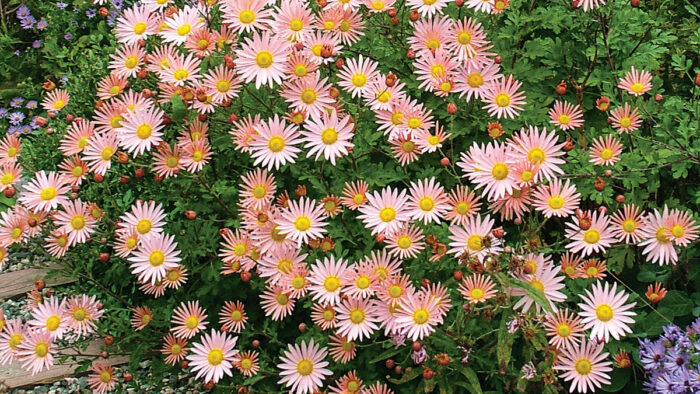
Whether you have the space to create an expansive, pollinator-friendly landscape or just enough room to pot up a couple plants that are pollinator favorites, we can all do our part in helping these beneficial bugs. A good place to start is seeking out the plants that support the pollinators native to our area. To aid in that search, we asked regional experts to share some of the best pollinator plants for their region. Below, you’ll find four picks for the Midwest. To learn even more about gardening for pollinators, check out Gardening for Pollinators: Everything You Need to Know and Grow for a Gorgeous Pollinator Garden.
1. Pawpaw

Name: Asimina triloba
Zones: 4–9
Size: 10 to 30 feet tall and 8 to 10 feet wide
Conditions: Partial to full shade; moist, fertile, well-drained soil
Native range: Eastern United States
Also known as Indiana banana, pawpaw can be found growing in woodlands throughout the Midwest. The maroon flowers smell a bit of carrion, making them attractive to various flies. (Hey, a pollinator is a pollinator; they can’t all be beauty queens.) The caterpillars of the beautiful black-and-white zebra swallowtail butterfly and the somewhat drab pawpaw sphinx moth feed exclusively on pawpaw, reminding us that growing host plants for caterpillars is another way to support pollinators. The edible fruit looks like a small papaya, 3 to 6 inches long and a couple inches wide, with custardy flesh and large brown seeds. Many cultivars are being selected for the size and taste of their fruit, so you can find a plant that feeds wildlife and people alike.
2. Korean angelica

Name: Angelica gigas
Zones: 5–9
Size: 3 to 6 feet tall and wide
Conditions: Full sun to partial shade; average to moist, well-drained soil
Native range: Korea, China
This is a truly elegant and majestic plant. You could think of it as the Geena Davis of your garden—tall, beautiful, and a great performer. Although Korean angelica usually grows like a biennial, it can also be monocarpic, taking three years to bloom before dying. In midsummer it has umbels of tightly packed plum or maroon flowers over large, bold leaves that lend it a tropical look. The 4- to 6-inch flower clusters are consistently covered in pollinators, particularly wasps, who are so intent on their food gathering that they will totally ignore you. Like all self-sowing biennials, once it is established it will act like a perennial, with new plants coming into bloom each year.
3. ‘Hillside Sheffield Pink’ garden mum
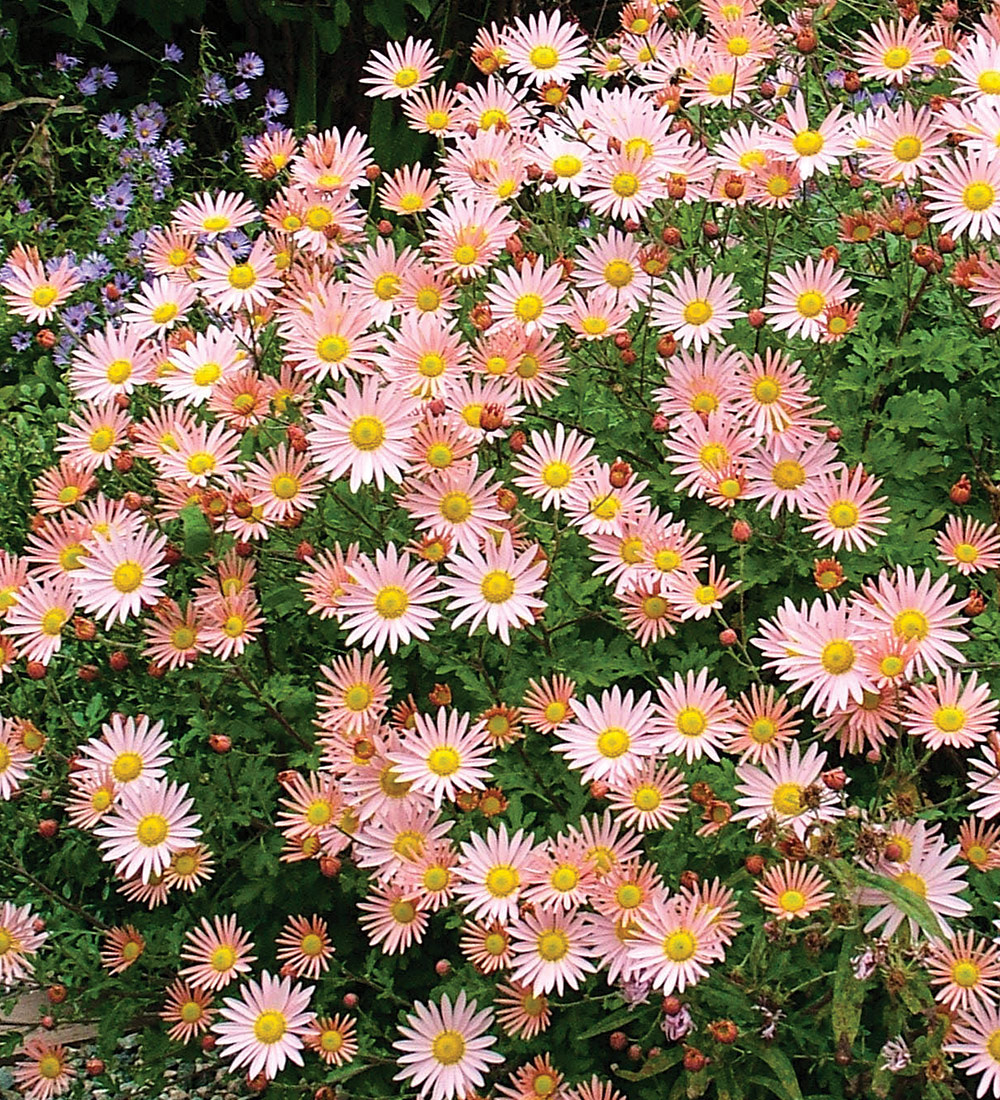
Name: Chrysanthemum ‘Hillside Sheffield Pink’
Zones: 4–9
Size: 2 to 3 feet tall and wide
Conditions: Full sun; average, well-drained soil
Native range: Hybrid
As a rule, ‘Hillside Sheffield Pink’ is the last perennial to bloom in my garden. Its apricot-pink daisy flowers don’t open until late autumn; I always worry that frost will nip them in the bud, but seemingly the blooms don’t mind a little frost or even a light freeze. They provide a last bit of food for any pollinators still buzzing around as the season ends, and they are also fabulous in autumn bouquets. Like most mums, ‘Hillside Sheffield Pink’ detests wet soil and shade, and it should not be planted in a location that is soggy in winter. Otherwise it is fairly vigorous, with no pinching or fuss required. You may need to divide it a bit more often than other perennials, and you will almost certainly end up with extra plants to share.
4. Mountain mint
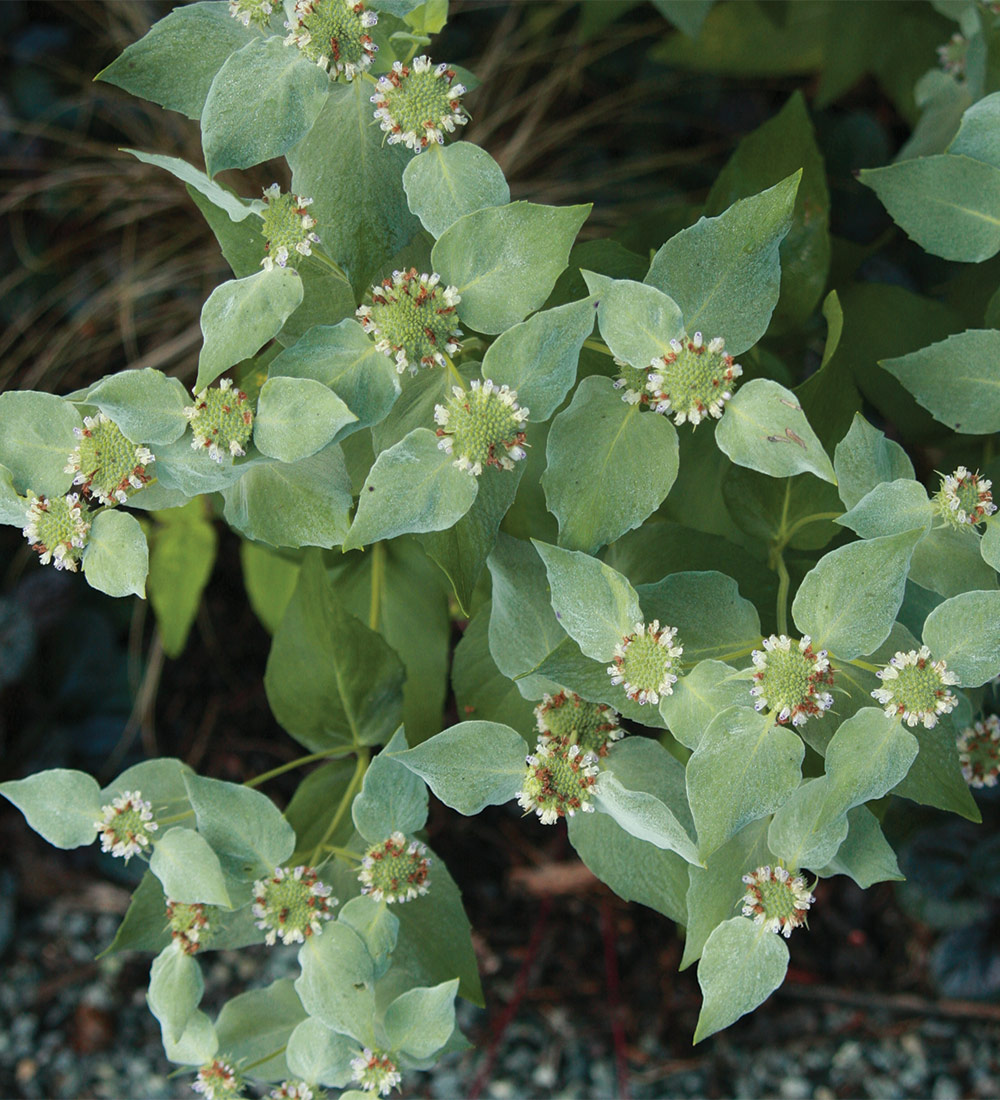
Name: Pycnanthemum muticum
Zones: 4–8
Size: 1 to 3 feet tall and wide
Conditions: Full sun to partial shade; moist to wet, fertile, well-drained soil
Native range: Eastern North America
Mountain mint absolutely vibrates with insect activity during its extended bloom time, which stretches from early to late summer. The plant itself is beautiful, if a bit aggressive, and may spread to form an impressive colony if given the right conditions. The rhizomes are relatively shallow, so it is easy enough to cut back its roots or divide it in spring to keep its spread under control. Its compact, upright form is covered in attractive, aromatic foliage topped with shimmering silver bracts and clusters of tiny pinkish-white flowers that butterflies, bees, and all manner of beneficial insects find irresistible. It is a larval host for a few native moths and butterflies, but deer and rabbits tend to leave its mint-scented foliage alone.
Irvin Etienne is curator of herbaceous plants and seasonal garden design at Newfields in Indianapolis.
Fine Gardening Recommended Products
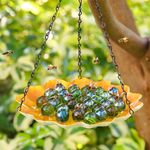
Bee Watering Station with Vivid Flower Design
Fine Gardening receives a commission for items purchased through links on this site, including Amazon Associates and other affiliate advertising programs.

The Crevice Garden: How to make the perfect home for plants from rocky places
Fine Gardening receives a commission for items purchased through links on this site, including Amazon Associates and other affiliate advertising programs.

The Nature of Oaks: The Rich Ecology of Our Most Essential Native Trees
Fine Gardening receives a commission for items purchased through links on this site, including Amazon Associates and other affiliate advertising programs.




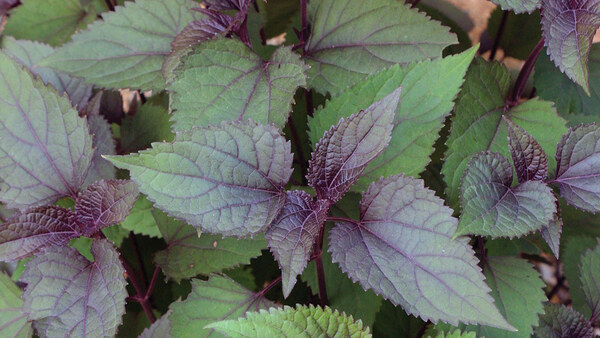













Comments
Log in or create an account to post a comment.
Sign up Log in